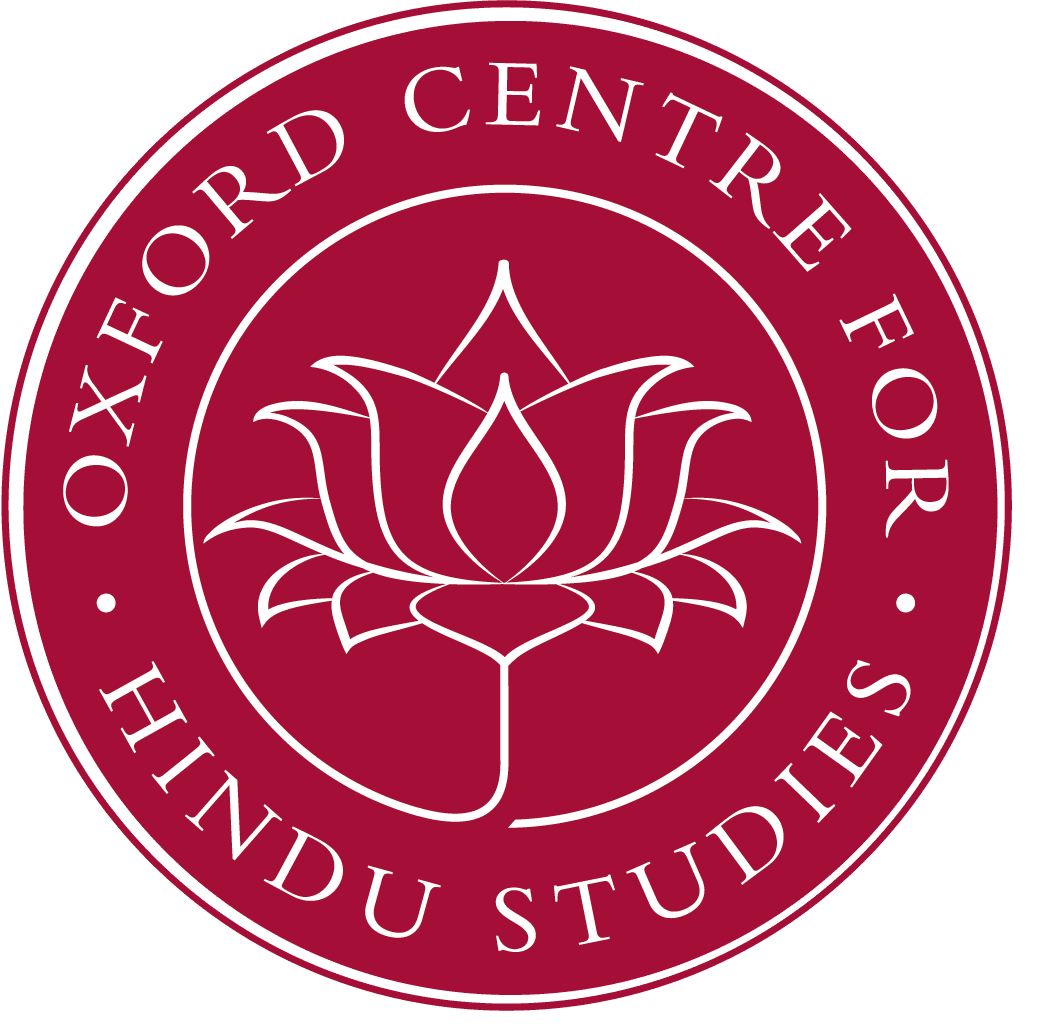IK Foundation Lecture
Inscriptions and texts from all over India suggest that dance was widely associated with temples, religious practices and social conventions in the past. Currently, most classical dances performed on stage in India are based on dances that were earlier associated with both religious and secular practices. Hence they are assumed to share a common ancestry with the earlier temple and secular dances.
Bharata Natyam, the classical dance of Tamil Nadu and Karnataka, has the best documented history of all the classical styles. There are abundant inscriptions on temples, royal courts records and observations made by European and Indian travelers, as well as firsthand accounts from members of the hereditary dance community (Isai Vellala), the caste of the musicians and dancers.
In contrast, despite a history of temple dance in the state of Orissa, Odissi, as seen on the concert stage today, originated in the 1950s-60s. It was a conscious creation by several theatre personalities, former gotipuas (boy actor/dancers) and Orissan nationalists, anxious to have recognition for the state’s unique artistic traditions and to place them within the framework of classical Indian arts.
This illustrated lecture explores the different trajectories of the two styles and speculates about how the characteristics of the Odissi style may have been influenced by its unique history.
Anne-Marie Gaston (D.Phil Oxon, M Litt Oxon) is scholar and internationally recognized performer of several styles of South Asian classical dance: Bharata Natyam, Odissi, Kuchipudi, Kathakali, and Chhau. All of her training has been in India for over forty years, with some of the greatest teachers. Her dance repertoire includes both the traditional repertoire and innovative dance/theatre performances which seamlessly blend movement, original musical scores, text, video and images on a variety of themes: Environmental (Tagore’s Mother Earth, In Praise of Wilderness, images from Great Himalayan National Park); Greek (Athena Brahmani, Demeter and Persephone); Mesopotamian myths (Ishtar and Gilgamesh); Buddhist (Avalokitesvara [images from Ladhak], Environmental Wisdom of the Buddha); Yoga and Dance (Siva: Creation of Destruction, Adishesha, Dance of Time, Dance Meets Yoga).
Anne-Marie was invited by the Government of India to perform for state visit of Indira Gandhi to Canada and by The Government of Orissa to perform as state guest in Bhubaneswar. Some of her other performances include the Madras Music Academy (also lectures), National Centre for Performing Arts, Bombay (East West Encounter both sessions), India International Centre and Habitat Centre, New Delhi; Tropensmuseum, Amsterdam; National Arts Centre, National Gallery Ottawa and at numerous venues across Canada; Roundhouse, Commonwealth Institute, Edinburgh Festival Fringe, Dartington Hall, UK. She has lectured for the Oriental Institute and Centre for Hindu Studies, Oxford; Lancaster University In the US at Universities of Chicago, New York, Washington, Florida as well as Smith and Mount Holyoke Colleges.
She has published three books: Bharata Natyam from Temple to Theatre, Siva in Dance Myth and Iconography, Krishnas Musicians: music and music-making in the temples of Nathdvara Rajasthan. She contributed the chapter on Embodied Movement for the Oxford Handbook of Sacred Arts, as well as numerous articles for magazines and journals. She is a Research Associate with InterCulture, University of Ottawa, Canada. She recently conducted research in Indonesia on aspects of the Ramayana in traditional arts. www.culturalhorizons.ca.
